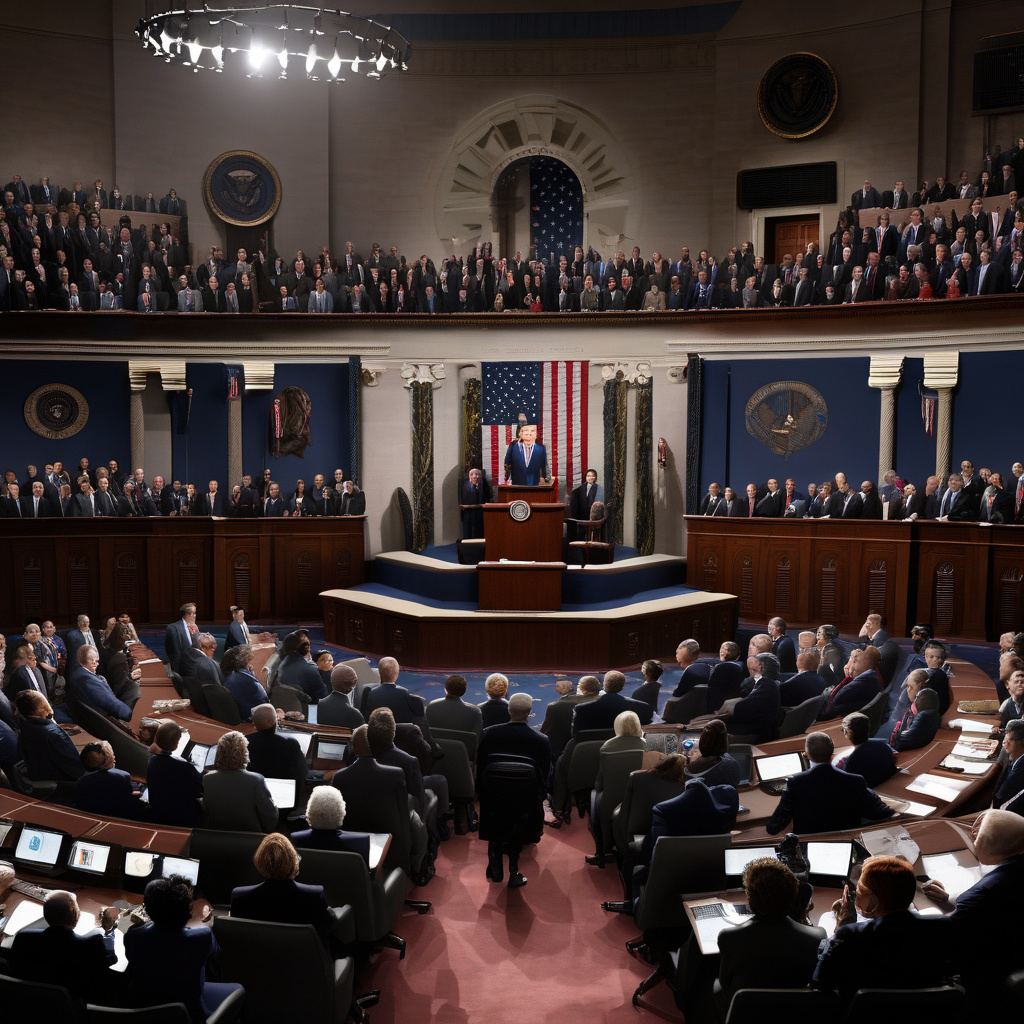Tech Sovereignty in the 2025 State of the Union: Navigating Geopolitical Pressures
In the recent 2025 State of the Union address, the spotlight was undeniably on the concept of tech sovereignty as Europe finds itself at a critical juncture, navigating through escalating geopolitical pressures. The address painted a picture of a continent grappling with the need to assert its autonomy in the realm of technology amid increasing global uncertainties.
The call for tech sovereignty stems from a growing recognition of the strategic importance of technological independence. With the rapid advancement of technologies like artificial intelligence, quantum computing, and 5G networks, the ability to control and safeguard these critical infrastructures has become synonymous with national security and economic competitiveness. Against the backdrop of rising geopolitical tensions, particularly between the United States and China, Europe is faced with the imperative to reduce its technological dependence on foreign powers.
One of the key drivers behind the push for tech sovereignty is the desire for greater resilience. The COVID-19 pandemic laid bare the vulnerabilities of global supply chains, prompting a rethink of Europe’s reliance on external technology providers. By bolstering its domestic capabilities and fostering homegrown innovation, the continent aims to mitigate risks and enhance its ability to withstand external shocks.
Moreover, the quest for tech sovereignty is closely intertwined with concerns about data privacy and security. As the digital economy continues to expand, the protection of personal data has emerged as a critical issue. Europe’s ambitious General Data Protection Regulation (GDPR) set a global benchmark for data privacy standards, underscoring the region’s commitment to safeguarding the rights of its citizens in an increasingly data-driven world. Embracing tech sovereignty is seen as a means to reinforce data protection measures and ensure that European values are upheld in the digital sphere.
The 2025 State of the Union address underscored the need for a coordinated and collaborative approach towards achieving tech sovereignty. By fostering alliances and partnerships both within the EU and with like-minded countries, Europe can pool its resources and expertise to reduce its technological vulnerabilities. Initiatives such as the European Battery Alliance and the European Cloud Federation are examples of concerted efforts to strengthen the continent’s technological capabilities and competitiveness.
At the same time, the pursuit of tech sovereignty presents a delicate balancing act. While striving for independence, Europe must also remain open to international cooperation and innovation exchange. Protectionism and isolationism could stifle progress and hinder the continent’s ability to keep pace with the ever-evolving tech landscape. Finding the right equilibrium between autonomy and collaboration will be crucial in charting a path forward towards tech sovereignty.
As Europe charts its course towards tech sovereignty in the face of mounting geopolitical pressures, the 2025 State of the Union address serves as a clarion call for unity, resilience, and innovation. By harnessing its technological potential and asserting its autonomy, the continent can carve out a distinct role in the global tech ecosystem, ensuring its place as a key player in shaping the digital future.
tech sovereignty, geopolitical pressures, Europe, data privacy, innovation












